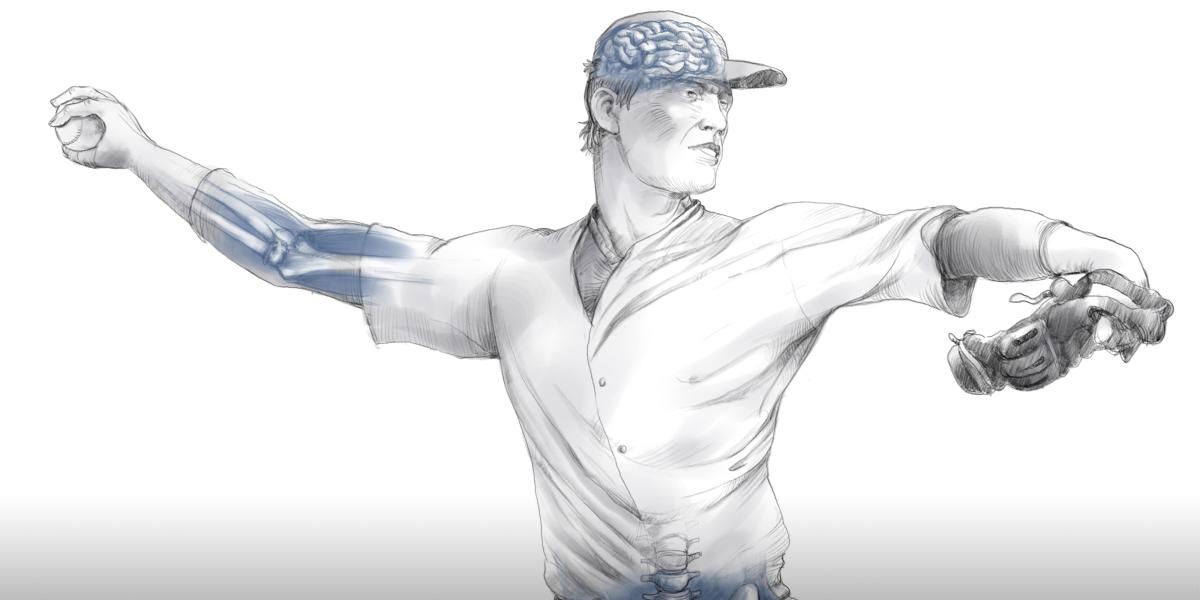Diamond Data
Can statistics—the longtime love of baseball fans—help prevent injuries?
2008 was a very good baseball year not only for the Phillies, who won the World Series, but for science.
It’s when Major League Baseball recruited Keshia Pollack, PhD ’06, MPH, to advise its research group about injury prevention.
She was, in baseball parlance, The Natural.
A statistics-loving fan who also enjoys watching football and can hold her own on a basketball court, Pollack was carving a research niche in occupational injury with a growing interest in sports.
When MLB pitched, she swung big.
With co-investigator Frank Curriero, an associate professor in Epidemiology, Pollack helped the league and the MLB Players Association to develop a Health and Injury Tracking System, known as HITS. This centralized, comprehensive injury surveillance system for professional baseball players tracks all 30 MLB clubs and more than 200 minor league affiliates.
HITS has allowed Pollack and Curriero to discover potential injury prevention treasures by analyzing records that pour in from clubs nationwide.
“The richness of the data is unprecedented, and our involvement with this league-wide effort is unique,” says Pollack, an associate professor in Health Policy and Management who directs the School’s Occupational Injury Epidemiology and Prevention Training Program. For the past several years, she and Curriero have been co-authoring studies about all manner of baseball-related injuries (see infographic). Although the specific injury outcomes they’ve identified don’t translate across sports, their research design and analytical approaches do.
Their emphasis is, of course, prevention.
“MLB has spent a lot of effort on compiling accurate information on injuries, but having excellent epidemiologists allows MLB to thoroughly analyze the data and have a greater understanding of injuries as well as prevention strategies,” says Gary Green, MD, medical director of MLB.
With more than 10 baseball research projects underway or completed, Team Pollack-Curriero have identified areas of specific concern to better understand player risk and optimize health and safety through possible rules changes, equipment modifications or medical education.
“We are building research and analytic capacity, the results of which translate immediately toward improving player health and safety,” Curriero says.
-
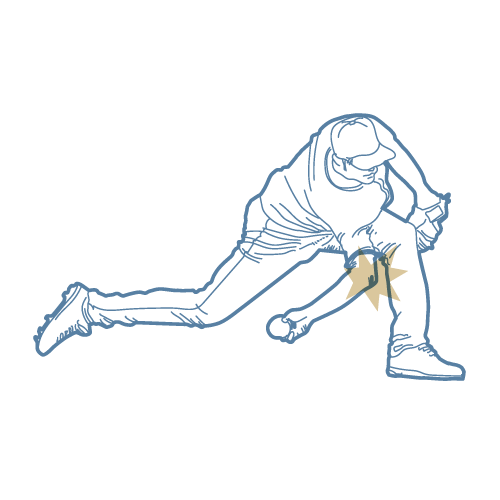
Elbow
Not surprisingly, pitchers were the most likely to incur an elbow injury and to require surgery. A prospective epidemiologic study is underway to determine risk factors for ulnar collateral ligament injury in the elbow, commonly known as “Tommy John” injury, which preliminary data from HITS shows is on the rise.
-
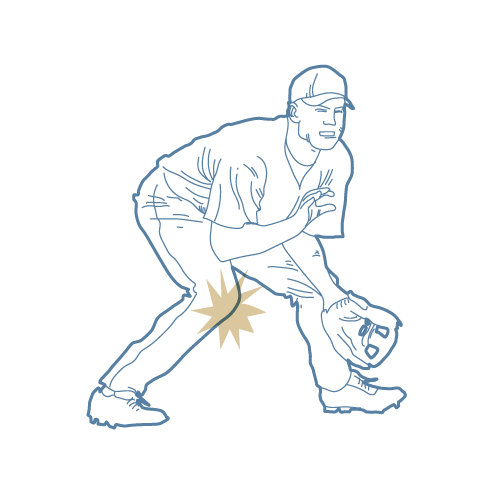
Knee
During the 2011–2014 seasons, a total of 2,171 knee injuries occurred in major and minor league players, representing 6.5% of all injuries in professional baseball. Approximately 12% of all knee injuries required surgical intervention.
-
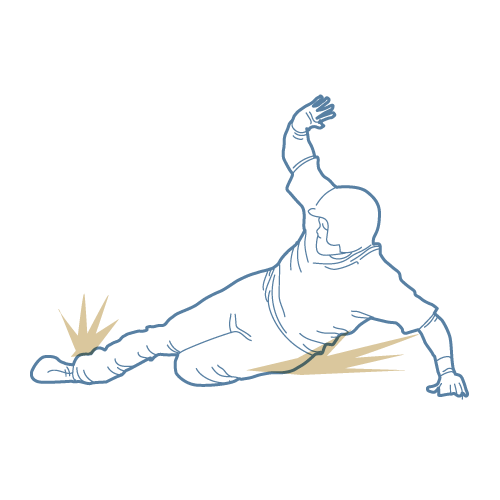
Sliding
More than half of the sliding injuries occurred while sliding into second base.
-
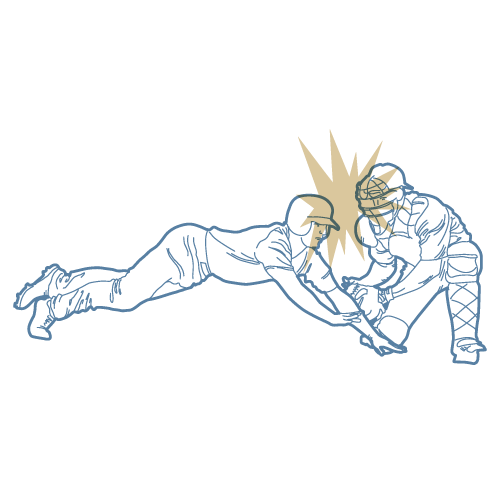
Mild Traumatic Brain Injury
MTBI only accounted for 1% of all injuries resulting in time lost from play. Nearly half of all MTBI cases occurred at home plate, where most cases involved catchers (minors, 40%; majors, 53%). Collision between players was the most common mechanism of MTBI in the minor leagues (30.8%), and contact with a batted ball (29.3%) was the most common in the majors.
-
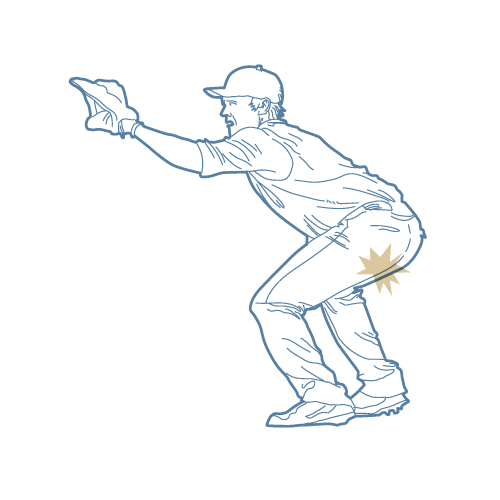
Hamstring
Base running, specifically running to first, was the leading activity resulting in a hamstring strain in both major and minor leagues, associated with almost two-thirds of hamstring strains. About two-thirds of these injuries in both the major and minor leagues resulted in more than seven days of player time lost.
-
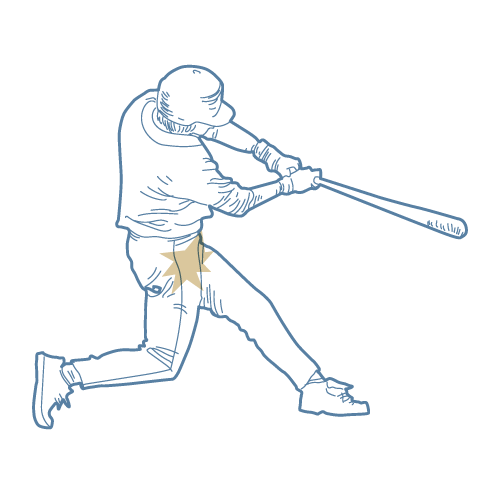
Hip/Groin
From 2011–2014, there were 1,823 hip and groin injuries; 83% occurred in the minor leagues, 17% in the major leagues. Among all players, hip and groin injuries occurred mostly during non-contact-related activities while players were on defense (74%). Infielders experienced the most hip and groin injuries (34%).
